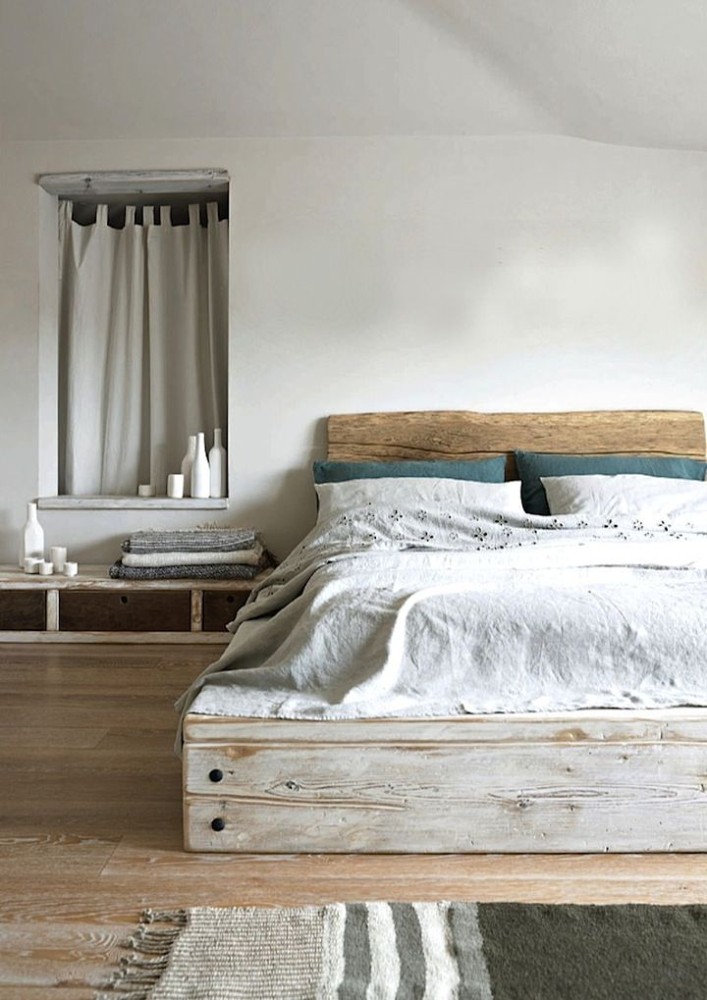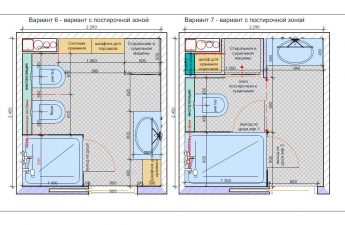What do the Russian village and Japanese philosophy have in common, why are we returning to our roots right now, and why the Japanese don’t polish silver – today architect Amalia Talfeld will tell us
What do you think of when you hear wabi-sabi?We bet you're already trying to remember the last time you visited this cafe. Meanwhile, this phrase has nothing to do with Japanese cuisine. The whole truth about wabi-sabi was revealed to us by architect Amalia Talfeld. And we were quite surprised. Amalia Talfeld, architect Architect-designer with 24 years of experience in the luxury category. Amalia's architectural bureau implements projects of varying complexity - from apartments to cottage villages.
What is wabi-sabi?This is not a chain of restaurants/cafes, but a complex concept in Japanese philosophy. Literally translated, this term can be defined as "modest simplicity." Wabi is modest, lonely, dim. Sabi is genuine, authentic, ancient.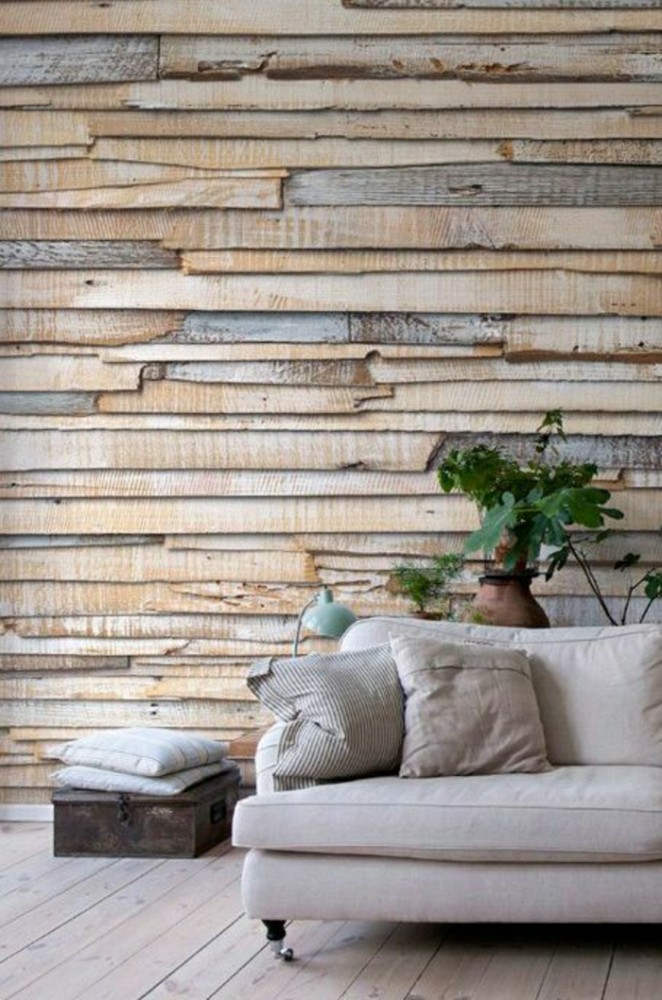

The Japanese tend to use this concept ascharacteristics. For example, many Japanese art movements have this definition from the very beginning - ikebana, Japanese garden, bonsai, haiku poetry, raku ceramics, sumi-e ink painting.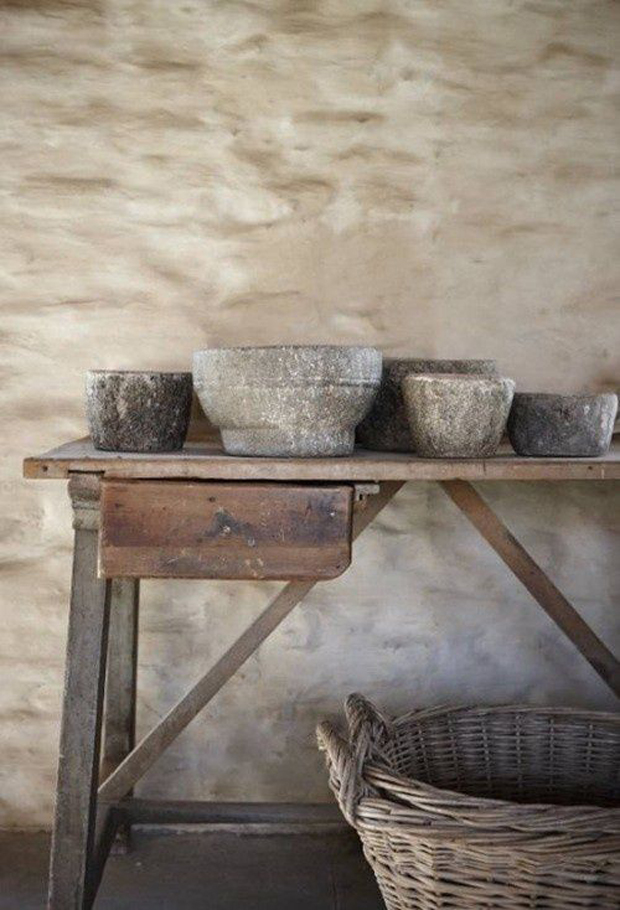
Wabi-sabi is a Zen philosophy thatloneliness, some desolation, meditation and peace are characteristic. Unlike Europeans, the state of melancholy and light sadness is understandable and close to the Russian people.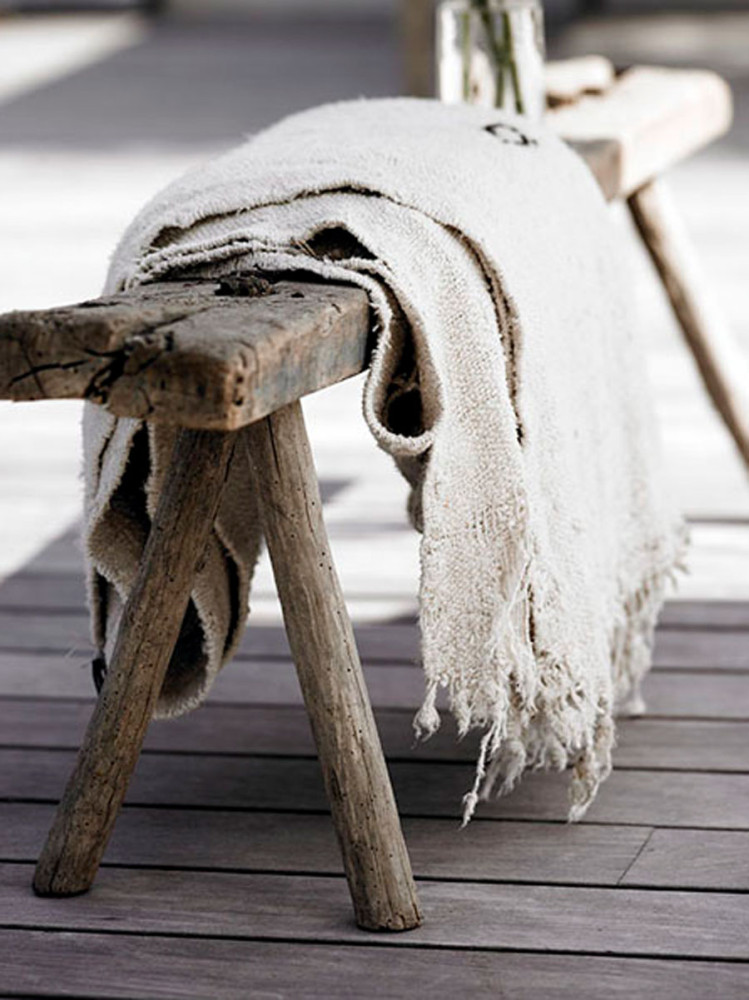
Autumn and winter themselves are imbued with the philosophy of wabi-sabi - nature falling asleep, shedding leaves, a thoughtful and even sad mood.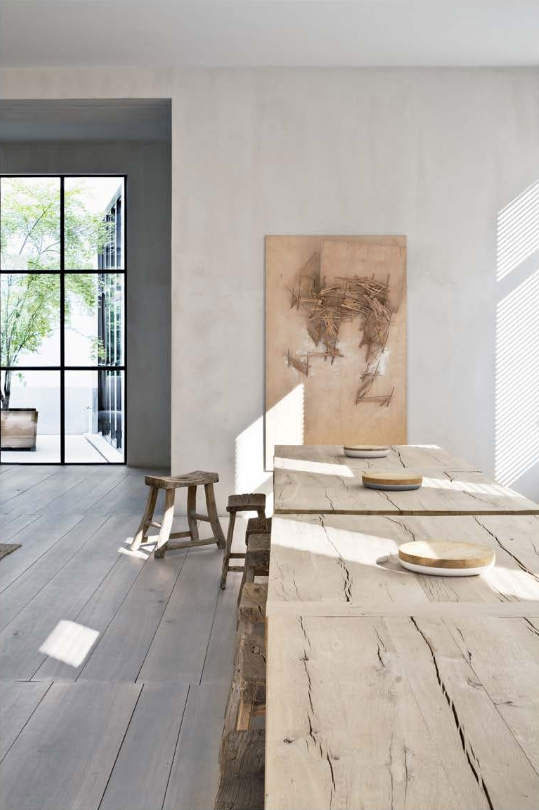
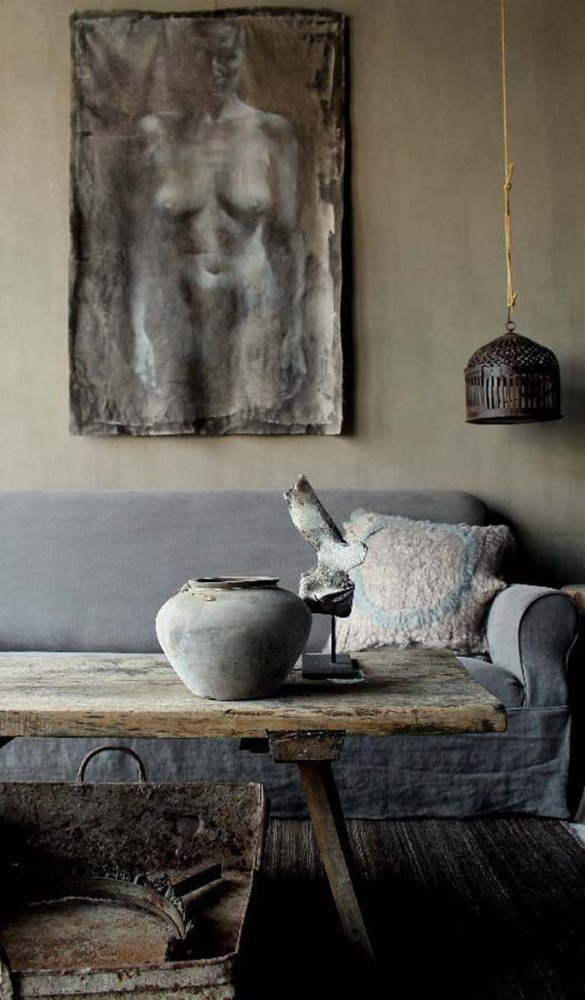
Another important characteristic of objects in the styleWabi-sabi is the obligatory presence of a flaw, an imperfection that becomes a distinctive feature, the main value, the reason for an inexplicable charm: a clay cup with an uneven edge, darkened silver. Europeans prefer to polish silver until it shines, the Japanese will never destroy the "layers of time".
Everything is real, marked by the seal of time andtraces of use is of particular value in wabi-sabi. Like a greasy, worn volume, it is unique and beautiful in its constantly changing state. Admiration is the main emotion of wabi-sabi. Admiration for beauty, freed from all excesses.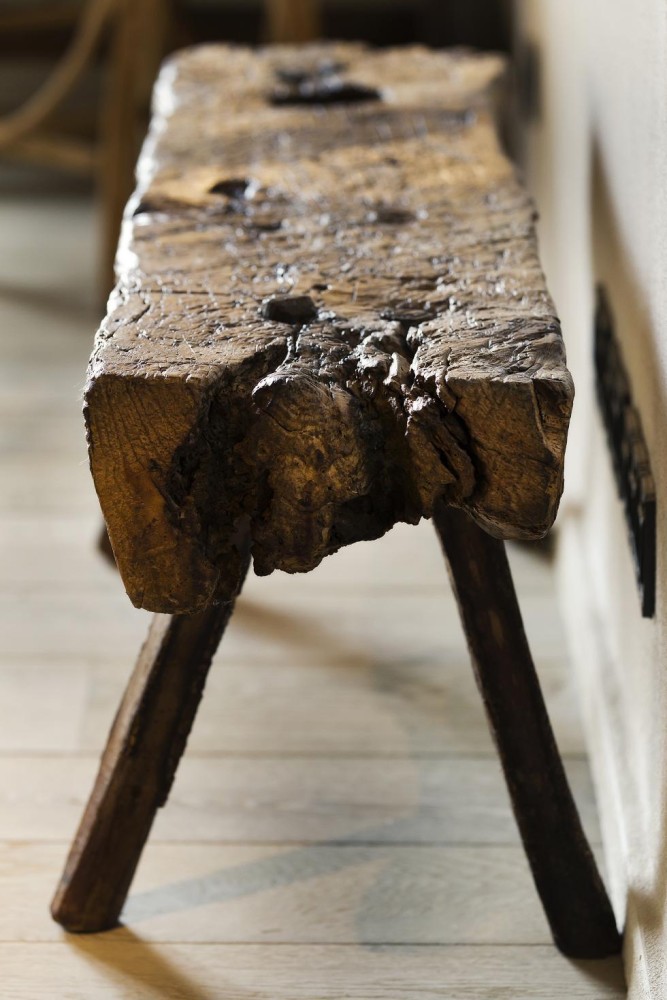
Simplify everything to its essence, but leave poetry. Keep everything clean and unencumbered, but do not deprive it of meaning. Leonard Koren
In the modern world, being in a stateWabi-sabi is more complex. According to the Japanese, it is the elusive feeling of genuine, real beauty that permeates all living things and is unattainable by the clean, glossy, symmetrical. This movement arose in the Middle Ages, inBuddhist monasticism. The Japanese found this absolute minimalism close. A lifestyle in which there is room only for the most necessary things - a limited number of materials, a meager palette consisting entirely of natural shades with the obligatory presence of subtle accents.
This movement arose in the Middle Ages, inBuddhist monasticism. The Japanese found this absolute minimalism close. A lifestyle in which there is room only for the most necessary things - a limited number of materials, a meager palette consisting entirely of natural shades with the obligatory presence of subtle accents.
Today, the philosophy of wabi-sabi is more relevant than ever.is close to most of us. Most likely, this is connected with the crisis and, as a result, with the revaluation of values, the return to what is accessible - to the origins, to the roots.
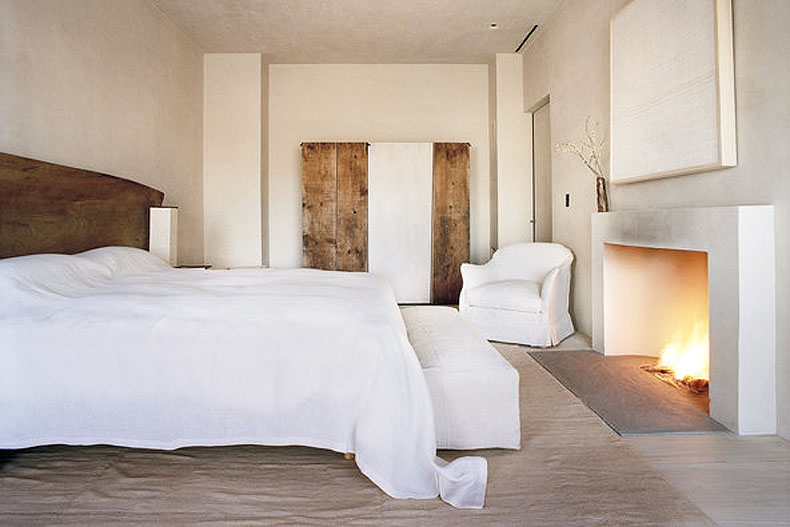
In architecture, wabi-sabi manifests itself throughuse of materials prone to rusting and oxidation as facade finishing. Uneven surface changes create a unique, eye-catching pattern. For the same reason, natural wood is increasingly seen as a facade decoration; over time, it fades, burns out and weathers very effectively.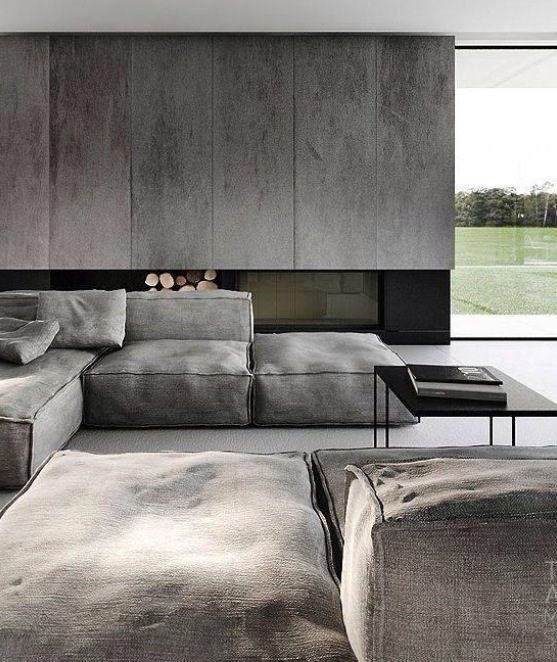
As for the interiors, I really like them.use clean surfaces in combination with authentic objects that carry not only artistic but also philosophical value for their owners. Such things exude family history and warmth.
Each material in philosophy carries differentconcepts and meanings. Wabi-sabi decorative items are like anchors that attract attention and inspire positive, often nostalgic thoughts.
In my projects, I prefer to use authentic, handmade things brought from travels or directly related to family history, carrying genetic memory through the centuries.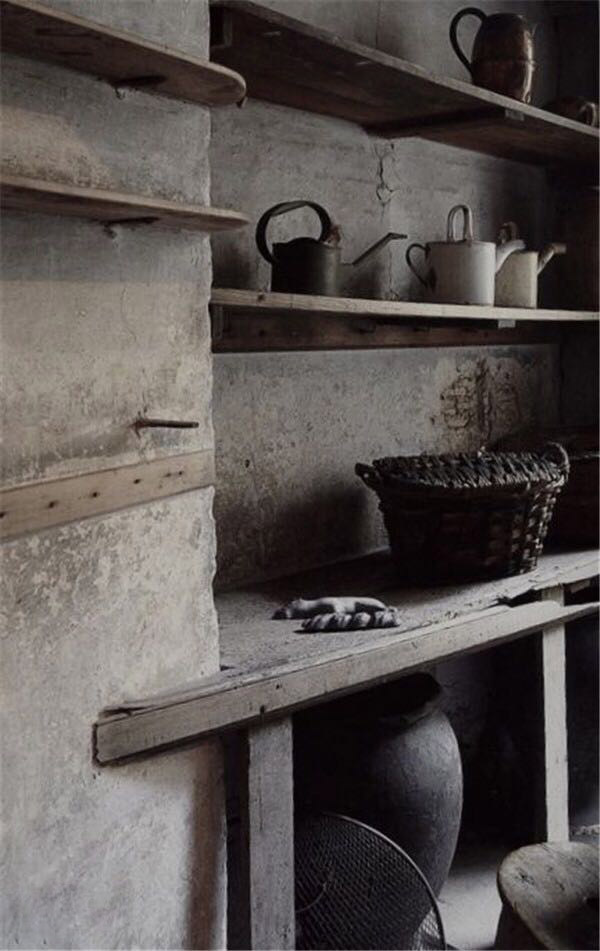
In this regard, even pure polished minimalismdoes not contradict the concepts of wabi-sabi. This effect is most clearly represented in the Scandinavian interior and loft. Here, against the background of simple, almost monastic walls, one can often notice the use of rough surfaces and objects. This is probably why the fashion for rustic and charred wood, materials with rough processing, uneven coloring is returning.
On the one hand, such surfaces can cause shock, but at the same time they can charm and fascinate, like the wrinkled hands of an old man, where a life story is hidden behind every line.
